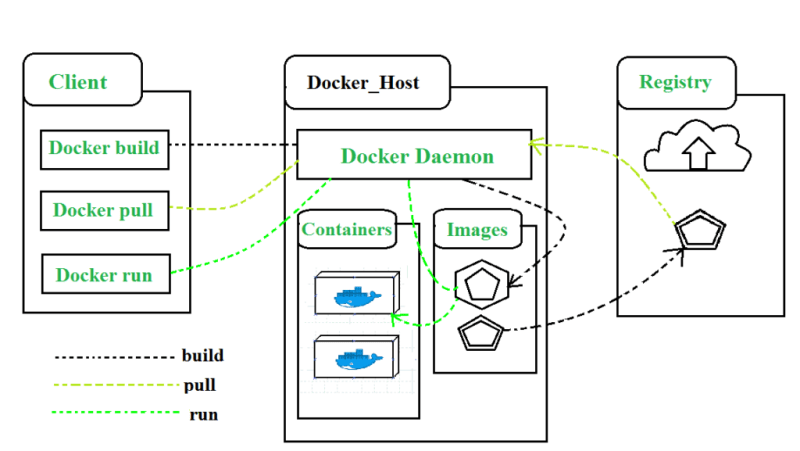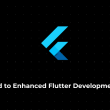In the world of modern software development, Docker has emerged as a game changing technolgy that revolutionizes how applications are developed, deployed, and managed. This article delves into Docker’s concept, benefits, components and its profound impact on the software development landscape.
What is Containerization?
Containerizaton enable developers to encapsulate an application
along with all its required libraries, dependencies, and configuration, into a lightweight, standalone unit known as a container.
These containers can run consistently across different environments, ensuring that an application behaves the same way regardles of where it is deployed
What is docker?
Docker is an opensource platform that provides standardize way to package, distribute and manage applications and their dependencies. At its core, Docker utilizes a technology called containerization.
Why To Use Docker?
Consistency: Containers ensure consistent application behavior across development, testing, and production environments, reducing the dreaded “it work on my machine” problem.
-
Isolation Containers isolat applications and their dependencies, preventng conflicts and compatibility issues that can arise when multiple applications share the same host environment.
-
Efficiency Containers share the host operating system’s kernel, making them lightweight and efficient in terms of resource consumption.
-
Portability Docker containers can run on any platform that supports Docker, be it a developer’s laptop, a data center server or a cloud-based environment.
-
Scalability Docker simplifies scaling applications by allowing quick replication of containers, making it easier to handle increased traffic
Fast Deployment: Containers can be spin up and down rapidly, enabling quick deployment of updates and fixs.
Docker Components
1.Docker Engine The core of Docker, responsible for container management, runtime, and building images. It consists of a server, REST API, and a command-line interface.
- Images Docker images are templates that define the application, its code, runtime, libraries, and dependencies. Images are used to creat containers.
2.Containers – Instances of Docker images that run as isolated proceses on a host machin.
-
Dockerfile A text file that contains instructions for building a Docker image. It specifies the base image, dependencies, configuration, and more.
-
Registry: A repository for Docker images. The most wellknown registry is Docker Hub, but private registrie can also be set up for internal use
Docker Workflow
Develop: Developers create Docker images by writing Dockerfiles that define the application’s environment and dependencies.
-
Build – Docker images are built using the docker build command, which follows the instructions in the Dockerfile.
-
Ship – Images are pushed to a Docker registry, making thm available for distribution and deployment.
-
Run Containers are created and started using the Docker image. Developers can run containers on their machines for testing and debugging.
Orchestrate: For complex applications, Docker can be integrated with orchestration tools like Kubernetes to manage container deployment, scaling, and load balancin.
Continuous Integration/Continuous Deployment (CI/CD): Docker facilitates the automation of the testing, building and deployment pipeline, leading to faster release cycles.
Hybrid Cloud Environments: Docker’s portability makes it easier to move applications between on-premises and cloud environments.






